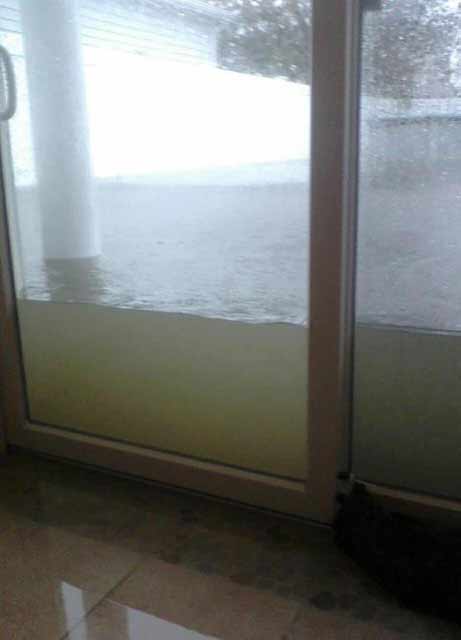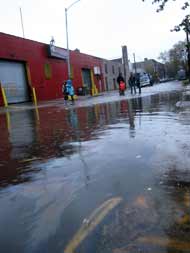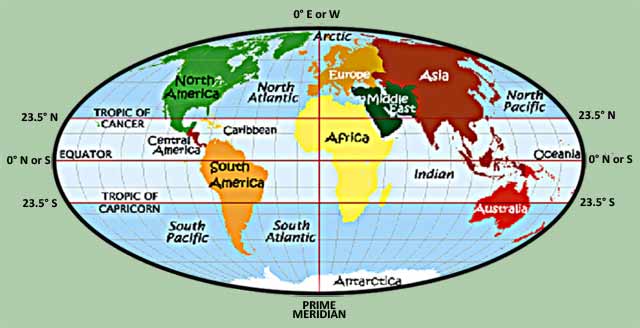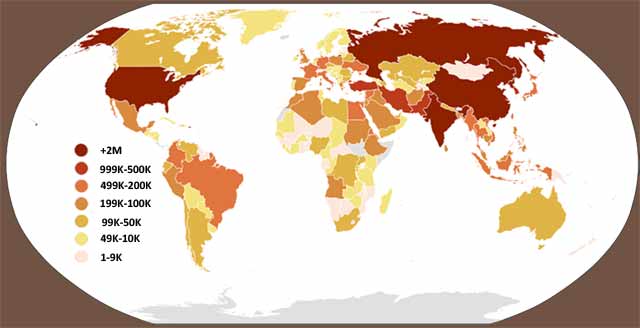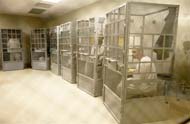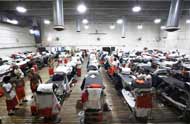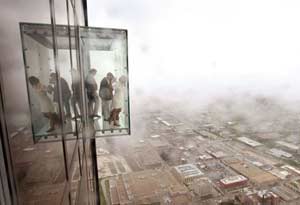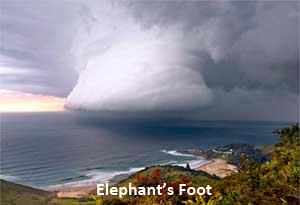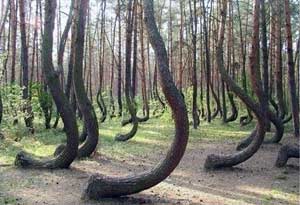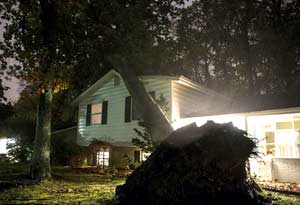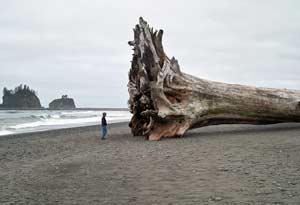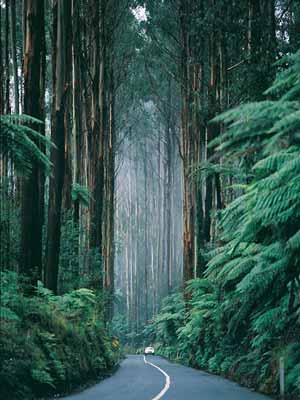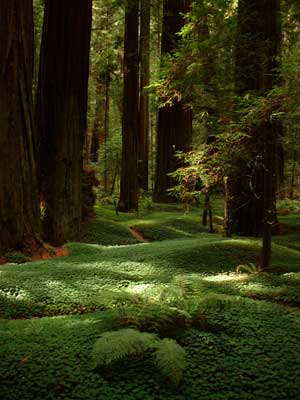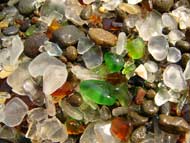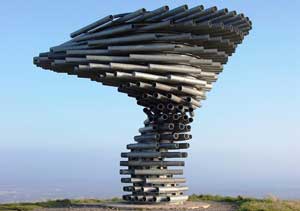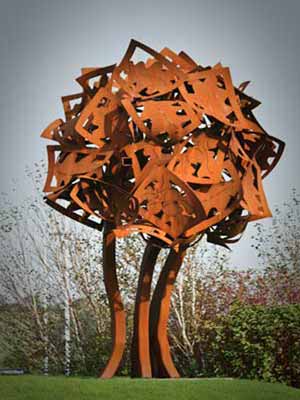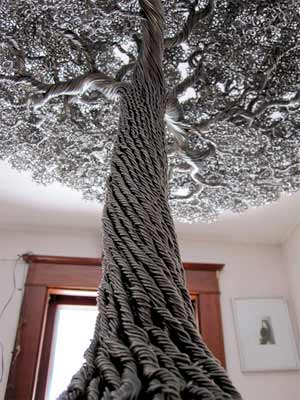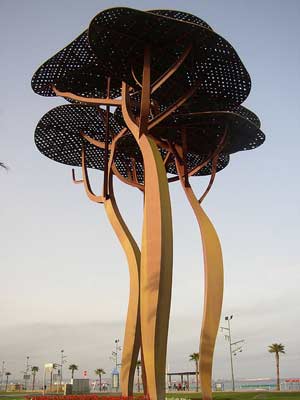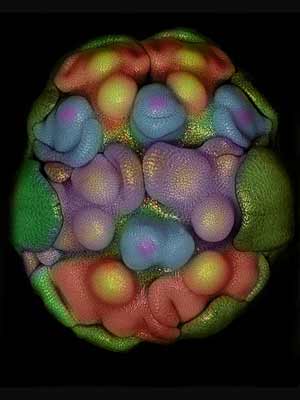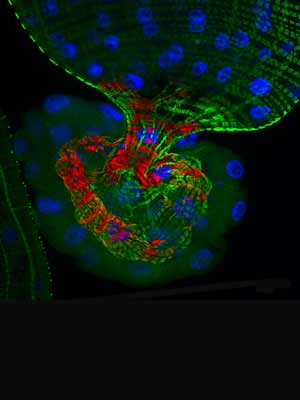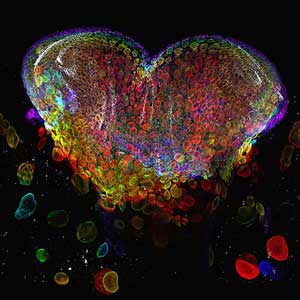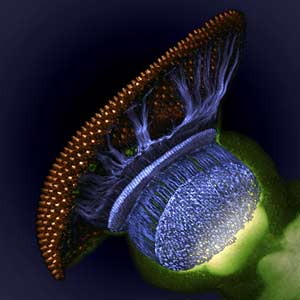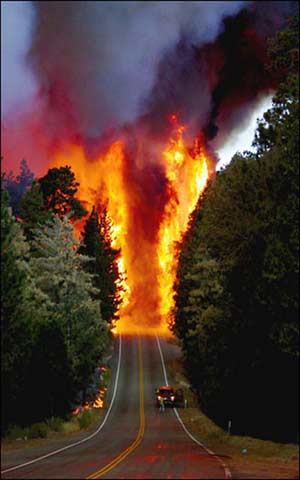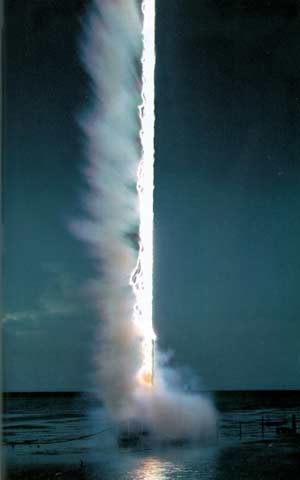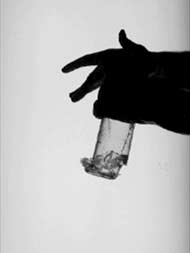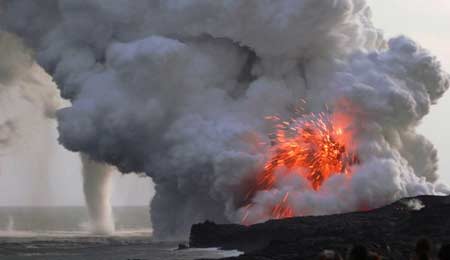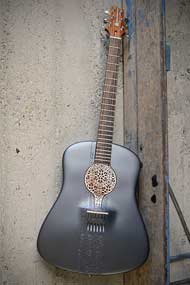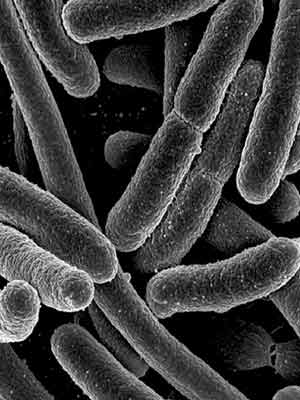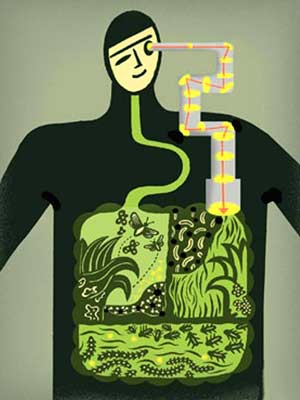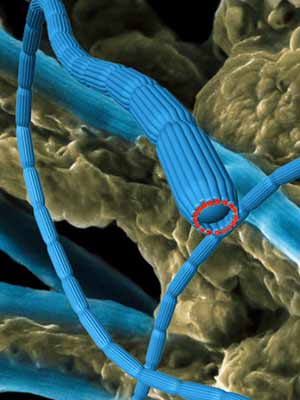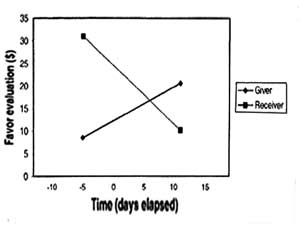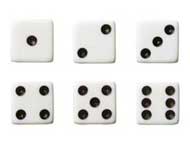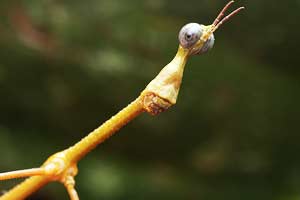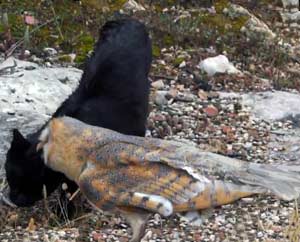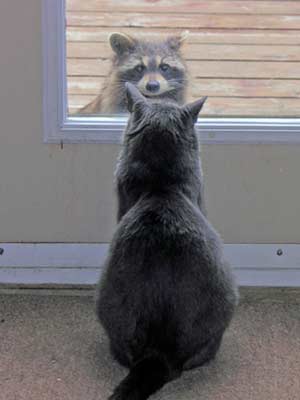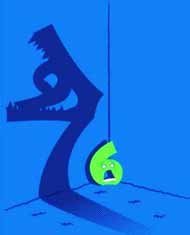In his farewell address, then-US-President Dwight Eisenhower warned Americans of the growing power of the military-industrial complex, calling for a better balance between military and domestic affairs in economy, politics, and culture. He worried that a defense industry’s search for profits could warp foreign policy; too much state control of the private sector could cause economic stagnation; unending preparation for war (or combating terrorism) could suck up national life and have a bad effect on spiritual health. The US spent over $700 billion on defense in 2011, half of all global military spending (though less than 5% of GDP). Defense-related research yields beneficial technologies (the Internet, civilian nuclear power, GPS navigation). But Eisenhower’s least-heeded warning concerning spiritual effects is more important now than then. US culture has militarised a lot since his era — lawmakers tout supporting troops to justify defense spending; opportunistic political and commercial agendas bring tv programmes and video games like “NCIS,” “Homeland,” “Call of Duty,” and NBC’s shameful unreal reality show “Stars Earn Stripes” to Americans — a daily diet of military valour. Sure, vets should be thanked for serving the country (police, emergency workers, and teachers too) — but no institutions should be immune from thoughtful criticism. Look no further than the furor over sequestration — automatic cuts, evenly divided between Pentagon and nonsecurity spending, will go into effect in January if a debt/deficits deal isn’t reached. Both parties frame sequestration as an attack on “the troops” (though provisions protect military pay). It’ll also devastate education, health, and children’s programmes — but fewer people seem alarmed about that. Eisenhower understood tradeoffs between guns and butter: “Every gun made, every warship launched, every rocket fired, signifies in the final sense a theft from those who hunger and are not fed, those who are cold and are not clothed,” he warned. “The cost of one new heavy bomber is this: a modern brick school in more than 30 cities or 2 electric power plants each serving towns of 60,000 people, or 2 fine, fully-equipped hospitals. We pay for a single fighter plane with 500,000 bushels of wheat, a single destroyer with new homes that could house 8,000 people.” Today, it takes a former chairman of the Joint Chiefs, Admiral Mike Mullen, to make the obvious point that America’s ballooning debt is its biggest threat to national security. Were Eisenhower alive, he’d be aghast at the debt, deficits, still-expanding military-industrial complex, and “insidious penetration of our minds” by video games and tv. He knew first hand the “lingering sadness of war” and “certain agony of the battlefield.” Today, it’s hardly more than entertainment.
 Animals
Animals Animation
Animation Art of Playing Cards
Art of Playing Cards Drugs
Drugs Education
Education Environment
Environment Flying
Flying History
History Humour
Humour Immigration
Immigration Info/Tech
Info/Tech Intellectual/Entertaining
Intellectual/Entertaining Lifestyles
Lifestyles Men
Men Money/Politics/Law
Money/Politics/Law New Jersey
New Jersey Odds and Oddities
Odds and Oddities Older & Under
Older & Under Photography
Photography Prisons
Prisons Relationships
Relationships Science
Science Social/Cultural
Social/Cultural Terrorism
Terrorism Wellington
Wellington Working
Working Zero Return Investment
Zero Return Investment